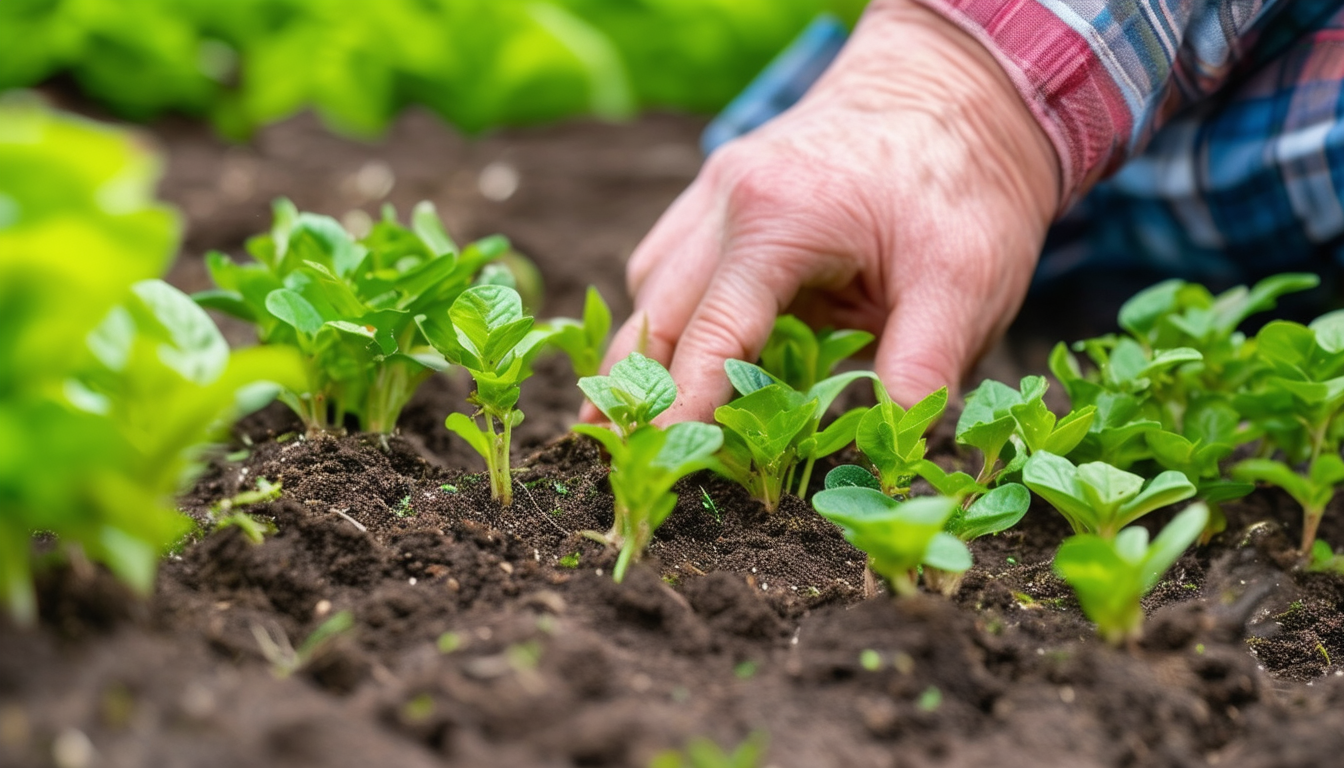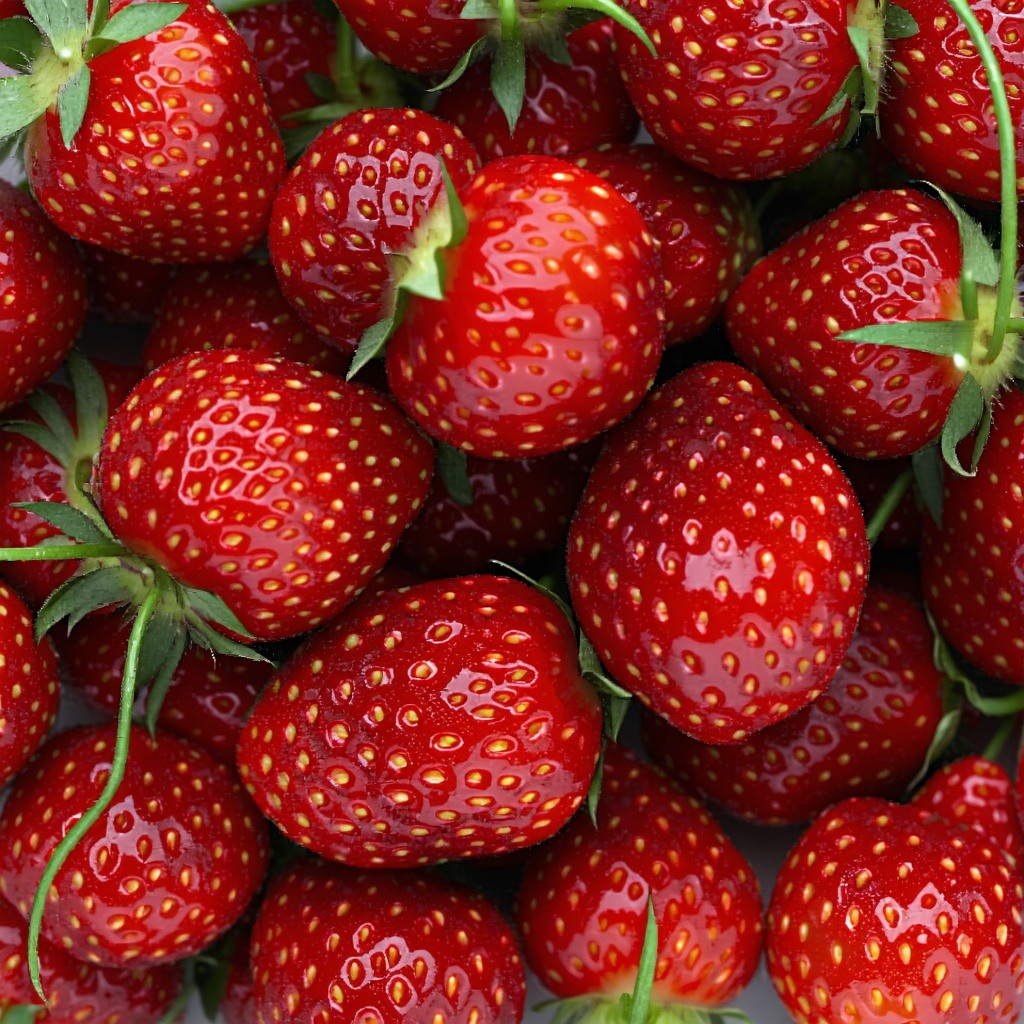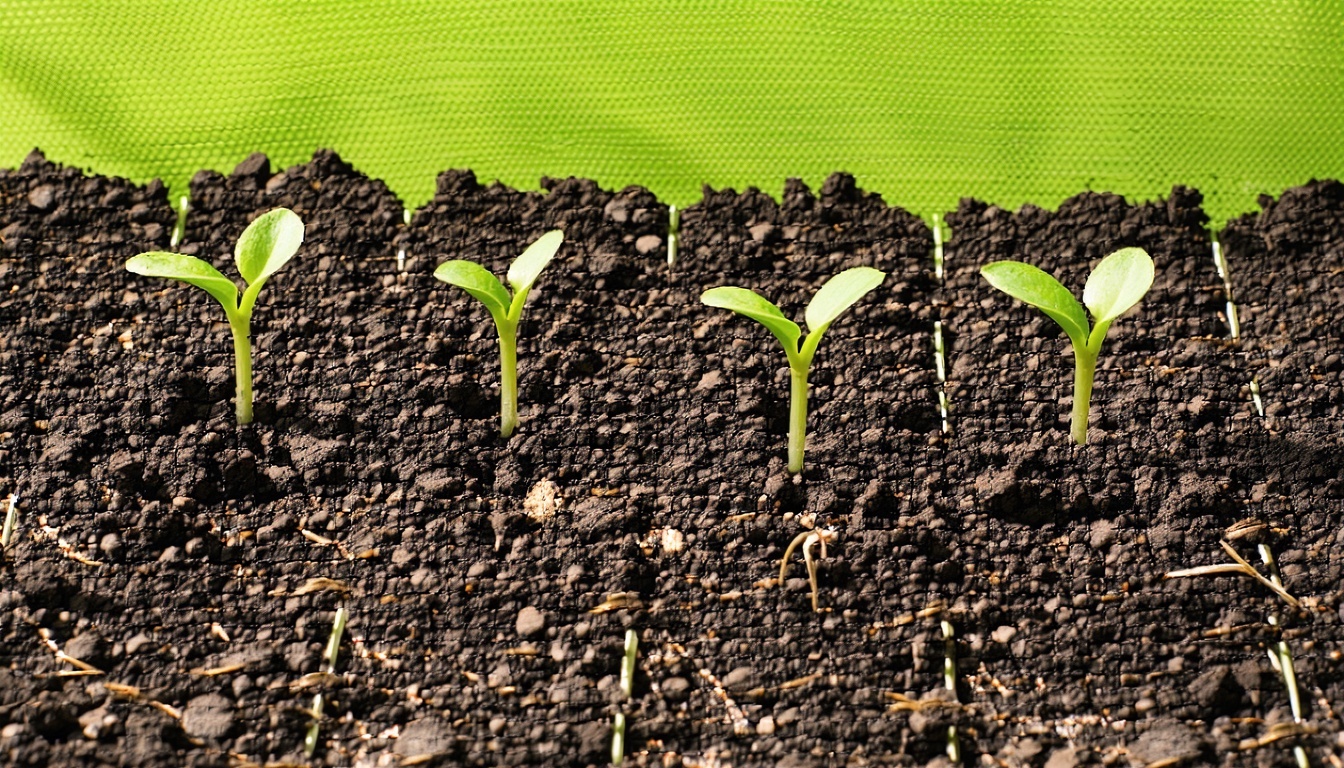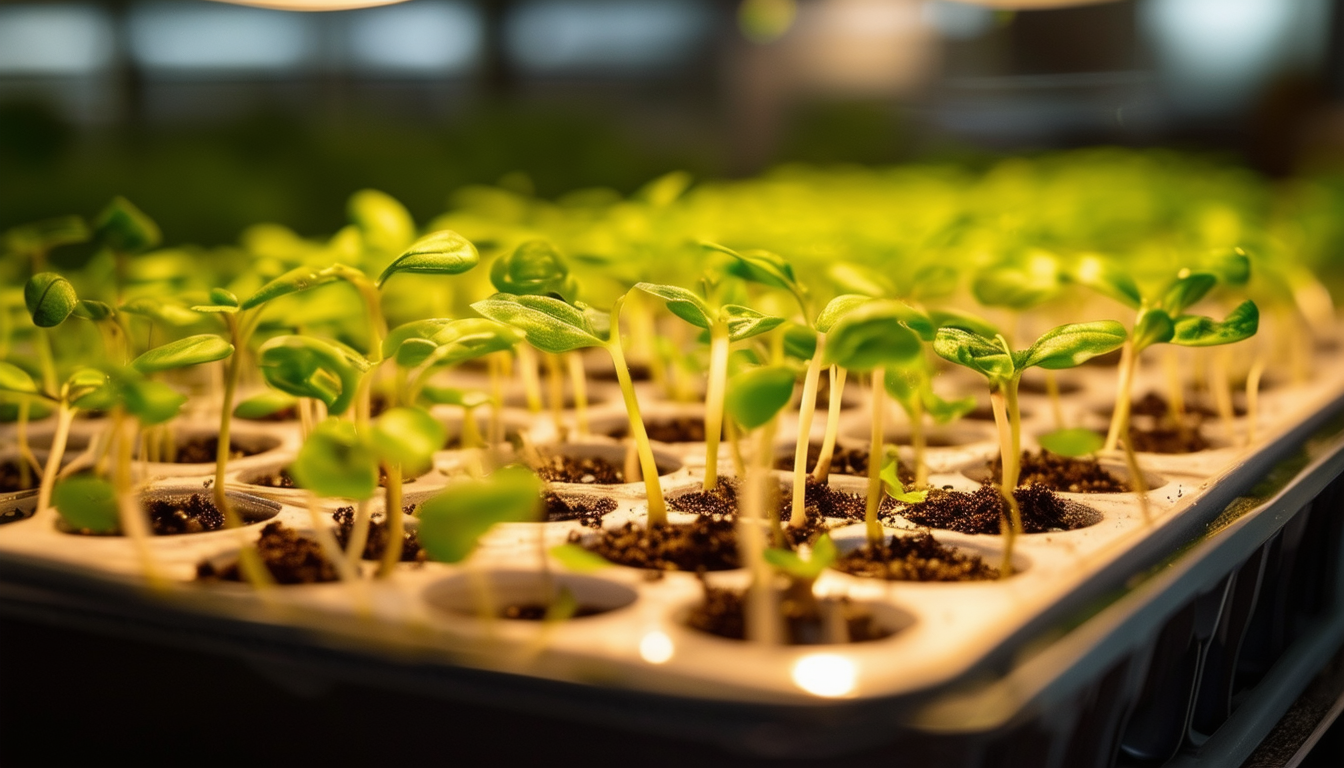
Spring is the perfect time to start your vegetable garden, but ensuring your seedlings thrive outdoors requires a crucial step: hardening off.
Why Hardening Off Seedlings is Crucial for Success
Hardening off seedlings is a critical process that helps young plants acclimate to the outdoor environment. Seedlings grown indoors are accustomed to stable conditions—consistent temperature, light, and humidity. The sudden transition to the variable outdoors can shock them, leading to stunted growth or even death.
By gradually exposing seedlings to outdoor conditions, you toughen them up, allowing them to build resilience against wind, direct sunlight, fluctuating temperatures, and pests. This step ensures that your plants are strong and healthy enough to thrive once they are permanently transplanted into your garden.
When to Start the Hardening Off Process
The optimal time to start hardening off your seedlings is typically one to two weeks before you plan to transplant them into your garden. This timing allows the seedlings to gradually adjust to outdoor conditions without being overwhelmed.
Begin the process when the outdoor temperatures are consistently above freezing, and the risk of frost has passed. Monitor the weather forecast to ensure no sudden cold snaps will jeopardize your young plants.
5 Step Guide to Hardening Off Your Seedlings
Step 1: Start by placing seedlings outdoors for a few hours in a sheltered, shady spot. Gradually increase the time they spend outside each day.
Step 2: After a few days, begin exposing the seedlings to direct sunlight for short periods, gradually increasing their exposure time.
Step 3: Reduce watering slightly to encourage the plants to toughen up, but do not let them dry out completely.
Step 4: Gradually expose the seedlings to more wind by placing them in less sheltered spots. This helps them develop stronger stems.
Step 5: Continue this process for 7-10 days, ensuring plants are outdoors for longer periods each day. By the end of the hardening-off period, seedlings should be able to withstand full sun and outdoor conditions for an entire day.
Common Mistakes to Avoid During Hardening Off
One common mistake is exposing seedlings to direct sunlight too quickly, which can result in sunburn. Gradual exposure is key.
Another mistake is forgetting to bring seedlings back indoors during cold or inclement weather. Sudden exposure to harsh conditions can stress or kill young plants.
Overwatering or underwatering during this period can also be detrimental. Keep soil moist but not waterlogged, and reduce watering gradually.
After Hardening Off: Transplanting Your Seedlings Successfully
Once your seedlings have been hardened off, it's time to transplant them to their permanent location. Choose a cloudy day or transplant in the late afternoon to reduce transplant shock.
Water the seedlings thoroughly before and after transplanting. Dig a hole slightly larger than the root ball and gently place the seedling in the hole. Fill in with soil and water again to settle the roots.
Mulch around the base of the seedlings to retain moisture and suppress weeds. Keep an eye on your plants in the first few days after transplanting to ensure they are adjusting well.
Do all plants need to be hardened off?
Not all plants require hardening off, but it is highly recommended for most vegetable seedlings and tender annuals. Hardy perennials and some cold-tolerant crops may not need as much acclimatization.
However, even for hardier plants, a brief hardening off period can still be beneficial, helping them adjust more smoothly to transplanting and decreasing overall stress.
Am I too late to harden off my seedlings?
If you find yourself running out of time, it's still better to give your seedlings a shortened hardening off period rather than none at all. Even a few days of gradual exposure can be beneficial.
For late starters, ensure that you monitor the seedlings closely and provide them with as much gradual exposure to the outdoor environment as possible before transplanting.



